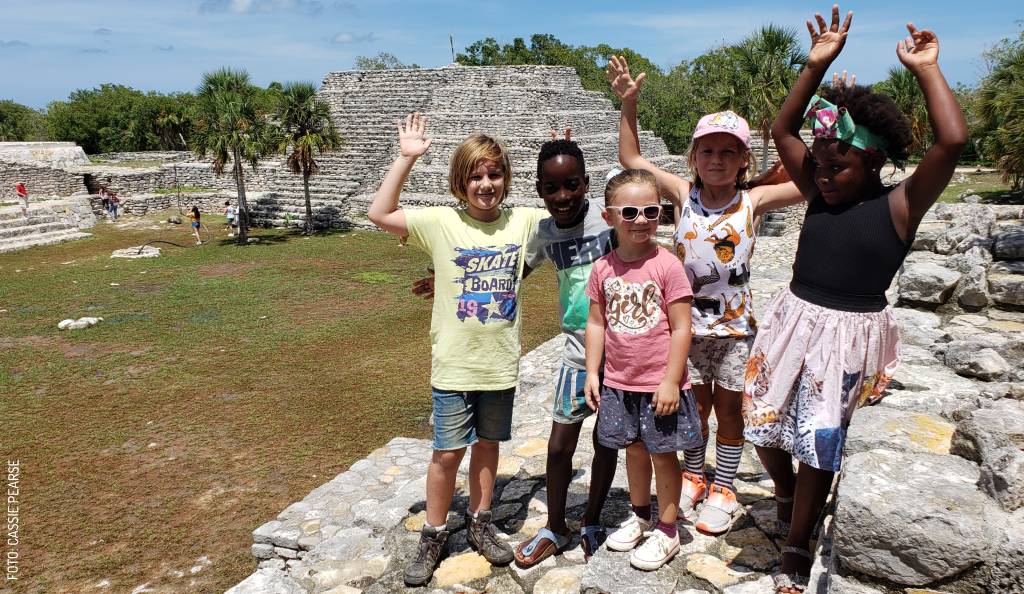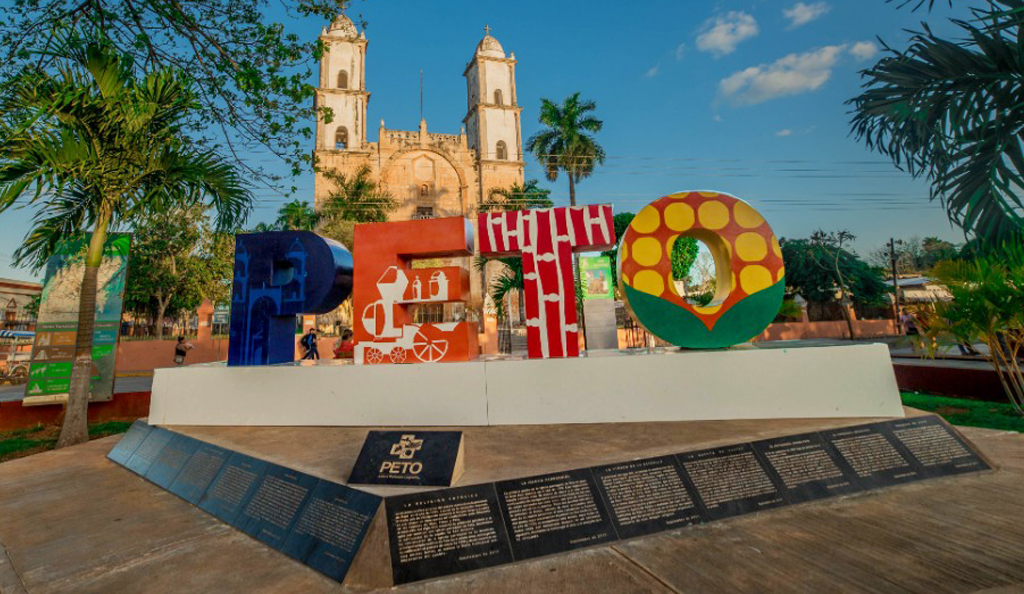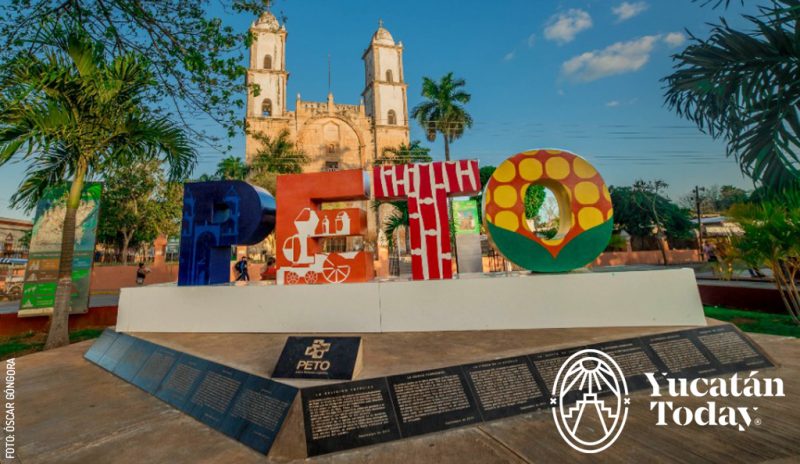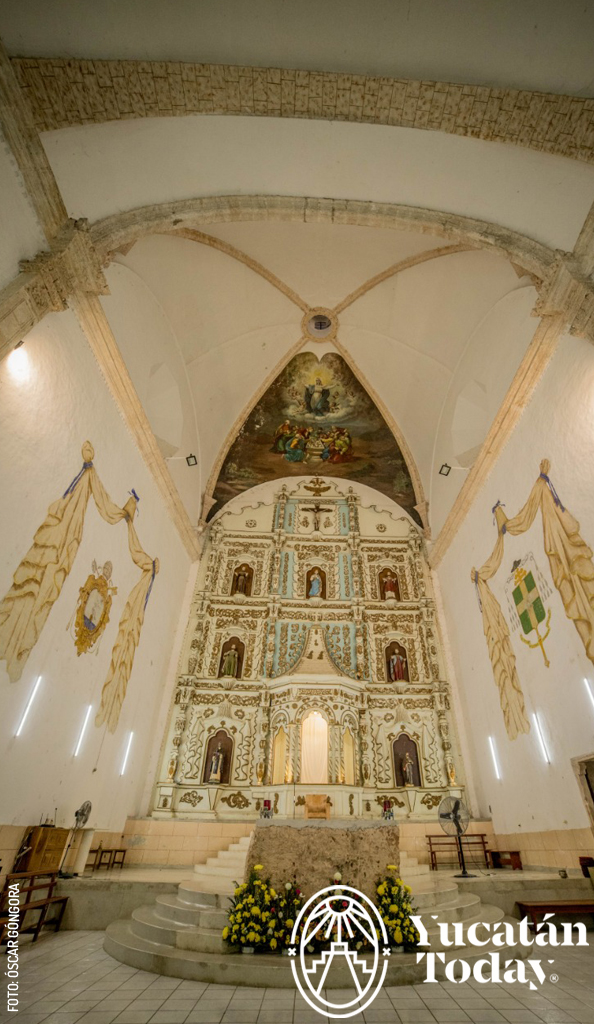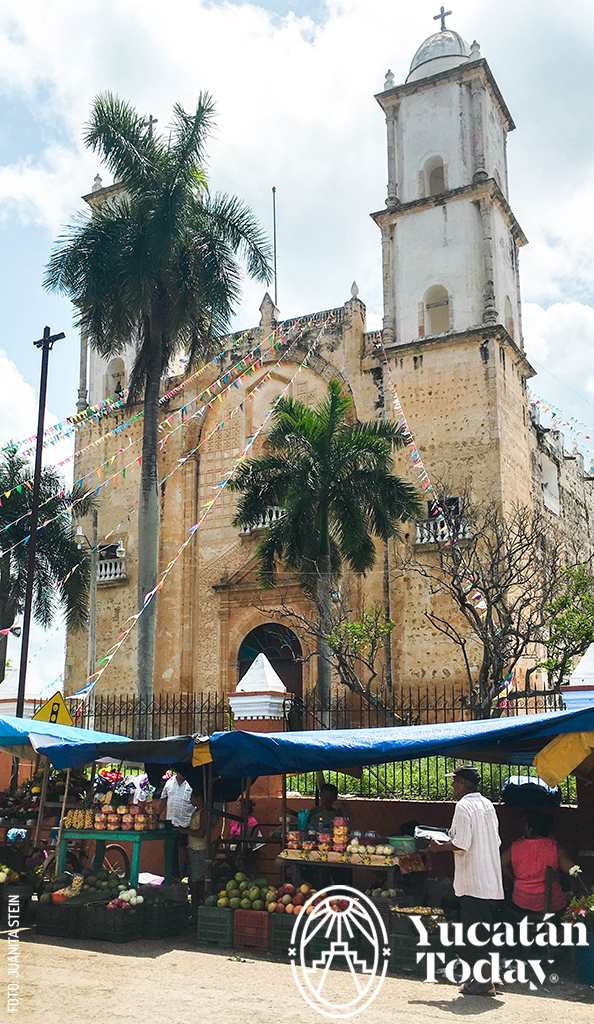 If you want to get out of town and visit a place that features traditional Maya homes, colonial mansions, and California-inspired constructions built by a new generation of young migrants who keep close ties to their community… then you have to visit my hometown - Peto! It’s full of surprises.
If you want to get out of town and visit a place that features traditional Maya homes, colonial mansions, and California-inspired constructions built by a new generation of young migrants who keep close ties to their community… then you have to visit my hometown - Peto! It’s full of surprises.
How to get there
Getting to Peto is very easy! You will conveniently find signs from Mérida that will point you towards the Peto/Chetumal highway, which will have you at your destination in an hour and a half. You can also take the alternate route and drive through approximately 14 small towns on your way south. If you don’t have a car, go to the Parque de San Juan in Mérida and take a van, or take the bus from the terminal at Calle 67 x 50 y 52. There’s accommodation at the D’Rodi & Eve hotel, or you can choose a place after sightseeing a bit.
What you’ll see
The first thing you’ll spot is the imposing church that houses Our Lady of the Star (la Virgen de la Estrella). Peto locals will happily tell you stories of how the Virgin fought alongside this town during the Caste War. At that time, Peto played an important role and the townsfolk hid inside the church. With luck, they’ll let you explore the bell tower.
Transport and tradition
You will see plenty of motorcycles as they’re the most practical and economical way to get around town. However, Peto is also well-known for its train station which was of great importance during the late 19th century. When the railways arrived into the region, a peace treaty was signed between the towns of Peto and Tzucacab. The train station quickly turned into the perfect spot to go people watching, and a place to pick up corn, sugar, Piloncillo (unrefined cane sugar), wood, and other products that are transported by rail.
The people-watching tradition now commonly takes place in the town’s parks and main square. If you sit under the arches of the Palacio Municipal, its red floors and the contrasting blue sky will give you a great view of families who wave cheerfully at tourists as they pass by. You will be asked where you’re from and why you’re in town, and you can start a conversation to find out more about how big Peto is (it has over 30 districts!), and the variety of agricultural products grown in this town. In fact, Peto’s strong farming tradition has gained Peto the reputation as “the state’s granary.”
Want more attractions?
Peto has them! Hop on to a tricycle taxi and gift yourself with a unique tour. You can go from one end to another to see the local radio station XEPET: the voice of the Maya, the most important in southeastern Yucatán. Tour the two universities in town and see the students’ work. Ask about the long history of chewing gum extraction that takes place in the surrounding jungle and see the Chicozapote tree up close so you know where it comes from. You’ll see that Peto is a lively town with colorful houses and plenty of inclines since it is built on top of several hills. Pay attention to the diverse vegetation you’ll encounter; the temperature is much cooler than in Mérida because it's surrounded by tropical moist forest with Pich, Chacah, and Jabín trees in the mountains and throughout town.
Petolindo, Petolandia
A good sense of humor is a defining trait of Peto. It’s likely that when you visit, there will be a comedy show, so ask around. Go to the market, next to the park, and try all kinds of specialties and local produce. Try a refreshing fruit Machacado (shaved ice with pureed fruit and sweetened condensed milk). You will likely hear locals lovingly refer to their town as Petolindo, Petolandia. And when you walk by Miguel Hidalgo elementary school, remember me, because that’s where I learned my letters, which I use here to share my beloved hometown with you.
Author: Andrea Medina
Born in Mérida and raised in the heart of the Peninsula, I consider myself a “yucaterca.” My childhood – without electronics, surrounded by nature and indigenous communities – made me sensible towards real, simple, genuine things and people. At age 7, I started a radio show with the XEPET “The Voice of the Maya” which allowed my imagination and creativity to develop and become my favorite space.
¡Receive the latest articles and much more from the best of Yucatán in your email!
Related articles
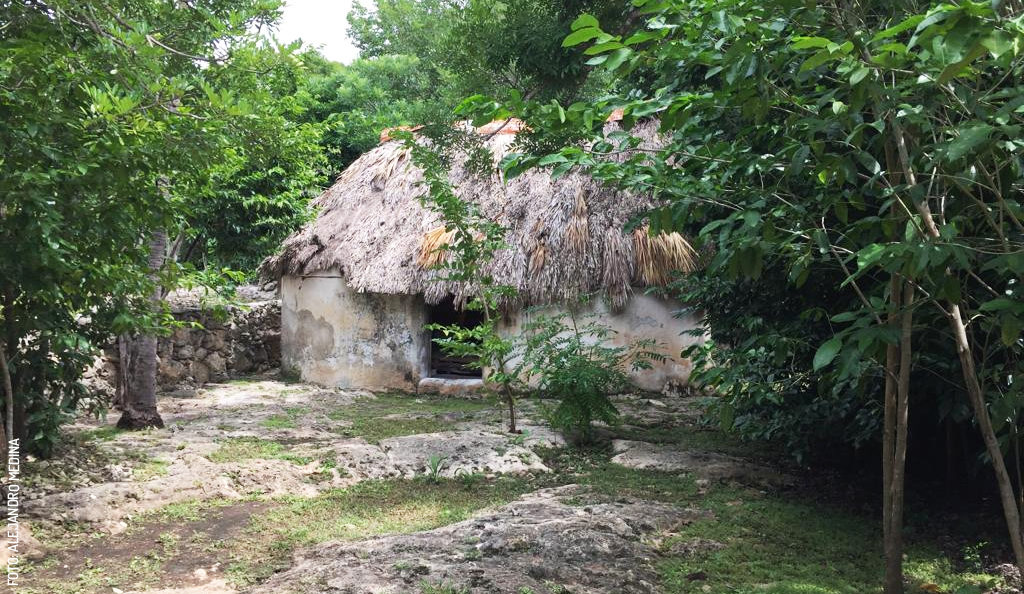
Telchaquillo: The Past in Today
When you visit Telchaquillo, you’ll notice the warmth of its people. Because it's a small town, everyone knows everyone and you will be referred to...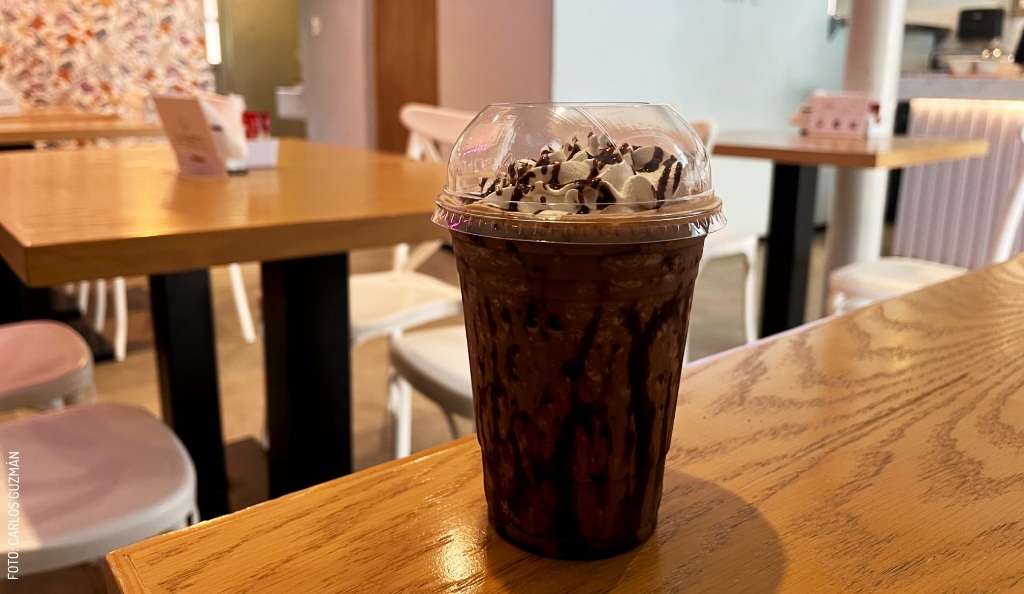
A Tour of 15 Cafés and Coffee Bars in Mérida
Looking for where to have a coffee? Check out this list of cafés, each with its own specialty. Desserts, bookstores, peace, home office, music ¡And...